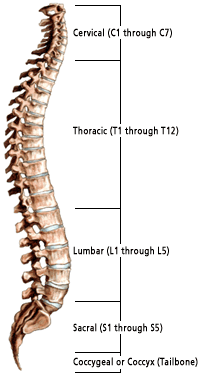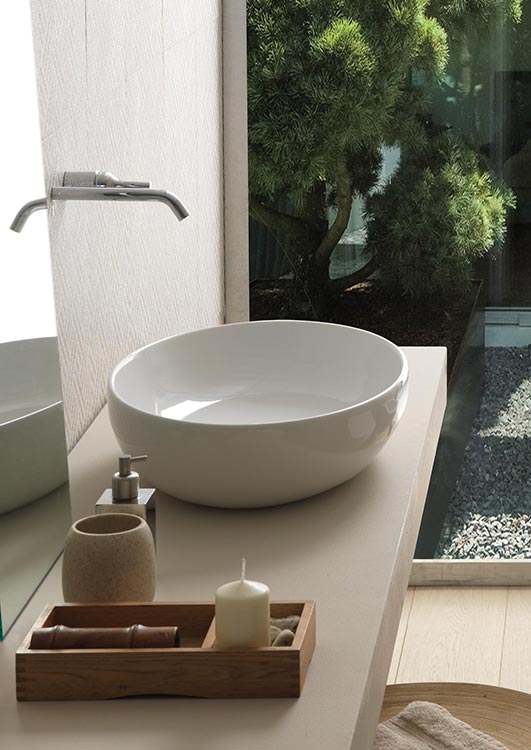

Particular attention will also be given to the radius of your curve. In addition to x-rays, we may order an MRI to provide further imaging detail of the spine. These are used to identify the curves in the sagittal plane (side view), and to determine if a curve exists in the frontal plane as well. The first is a standing, lateral (sideways) x-ray, and the second is standing x-ray from the front. In addition, the doctor will look for tightness of the hamstrings and tenderness with some of the spinal muscles, both of which are common symptoms of kyphosis.Īt least two specific x-rays will be done. A forward bending test will be used to determine if a thoracolumbar curve exists. Lonner may employ several diagnostic methods to accurately diagnose your condition.Ī physical exam will help to visually identify a curve. In addition to the convex curve in the thoracic spine, some patients develop what is called a compensatory curve in the lumbar spine.ĭr. Some patients may also see a doctor due to back pain, especially those adolescents who have a thoracolumbar kyphosis. Most patients visit a doctor with this disorder when they become aware of a convex curve to their back. secondary), such as a fracture in one or more vertebral bodies, or when multiple discs have degenerated and their height has decreased. Secondary kyphosis - Hyperkyphosis is often the result of another problem in the spine (i.e.The disorder affects females more than males. The disorder is usually first noted in adolescents in the 12-14 age range, although the condition may start earlier in life. The exact cause of Scheuermann’s is not known, although there does seem to be a pattern of occurrence in families.

The most common form of primary kyphosis is Scheuermann’s disease. Primary kyphosis - A primary kyphosis does not result from another problem in the spine.The curve will often display a sharp, angular pattern called a Gibbus, which becomes more prominent when the patient bends forwards and is viewed from the side. Structural curve - Patients cannot correct this type of curve.A patient can consciously correct the curve. Postural curve - This type of curve is flexible, and is most likely to be the result of poor posture.There are several important terms that spine specialists use to distinguish between different types of kyphosis:


 0 kommentar(er)
0 kommentar(er)
